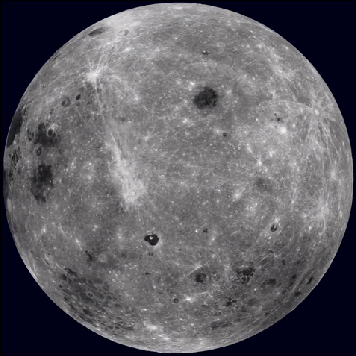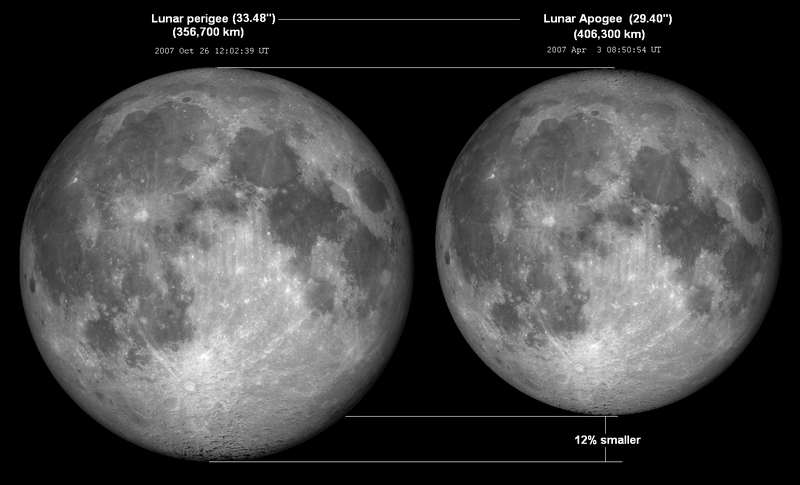
Since ancient times people have believed in a correlation between a full Moon and human behavior. Aristotle believed that the brain was susceptible to the influence of the Moon because it was the “moistest “ organ.
The gravitational pull of the Moon is too small to affect brain activity. A mosquito on your finger has a stronger gravitational pull on your body than the Moon.
Studies comparing the effect of the full Moon to births, heart attacks, deaths, suicides and violence have repeatedly found little or no connection.
The “Lunar effect” may have once been legitimate in previous centuries BEFORE street lights. The brightness of the full Moon would cause sleep deprivation in those living outside (which would trigger erratic behavior in those with psychological disorders).
The lunar cycle has some strange measureable effects:
1. Beach pollution is actually worse during a full Moon (caused by variations in tides due to the lunar cycle)
2. The risk of pet emergencies is more than 20% greater (researches still don’t understand this one)
3. Prey animals are usually LESS active during a full Moon (to avoid being more visible to predators)
The brain remembers events better than non-events (since there is already a perception of strange behavior during a full Moon). We tend to make notes of events that occur on a full Moon night.
The full Moon appears larger near the horizon due to how your brain perceives relative sizes and distances. The brain uses familiar reference points (i.e. trees, buildings, mountians, etc) along the horizon when trying to compute the size of the Moon. The illusion doesn't exist when the Moon is high is the sky because there are no nearby references. In reality, you’re actually 4,000 miles (Earth’s radius) farther from the Moon when it’s on your horizon than when it’s overhead.
To the casual observer, the moon may be only an occasional highlight in the night sky. But if you track the moon through its monthly phases, you might be surprised by what you see. The moon's phases come in cycles, the most noteworthy being the so-called Metonic cycle that was independently discovered by the Greek astronomer Meton (who was born about 460 B.C.). This is a 19-year cycle, after which time the phases of the moon are repeated on the same days of the year, or approximately so. Take, for instance, a full moon that occurs say on Dec. 6. In 19 years, (that would be the year 2033) there will be another full moon on Dec. 6. Here's another interesting cycle: After two years, the preceding lunar phase occurs on or very nearly the same calendar date. Thus, in 2016, it will be the first quarter moon that will occur on Dec. 7. After eight years, the same lunar phases repeat, but occurring one or two days later in the year. The Greeks called this eight-year cycle the "octaeteris." Indeed, in 2022, a full moon occurs on Dec. 8.
Finally, in our Gregorian calendar, 372 years provides an excellent long period cycle for the recurrence of a particular phase on a given date. So we know with absolute certainty that the same full moon that shines down on us on Dec. 6, 2014 will also be shining on Dec. 6 in the year 2386.
The media tends to hype the "Supermoon". What is a "Supermoon"? The term first appeared in a 1979 article for Dell Horoscope magazine. It was described in the article as a New or Full Moon which occurs with the Moon at or near its closest approach (within 90%) to Earth in its given orbit. Why 90% ? The author did not give an explanation (like most astrological events). In astronomical technical terms, the event is called a perigee-syzygy Moon (or the alignment of a three-celestial body system), so we can understand perhaps why a term like "Super Moon" might have caught on.
The Moon orbits the Earth in an elipse, so at a closest approach (perigee), the Earth Moon system is some 221,500 miles apart. Conversely, at its farthest point(apogee) the Moon lies some 252,600 miles from the Earth. Every month there is an approximate 31,100 miles difference, but it really matters when this occurs. If the perigee (closest approach) occurs when the Moon is directly behind the Earth (relative to the Sun) we will get a "Supermoon". Will the Moon appear significant bigger? You can decide with the photo below. Will the Moon be brighter? About 26 percent brighter. To put this in context this equals a magnitude difference similar to that between Betelgeuse (mag 0.58) and Aldebaran (mag 0.85)in our winter sky. While most observers can tell the brightness difference between Betelgeuse and Aldebaran - this is greatly aided because they are both in the same sky AT THE SAME TIME. Spread them out by six or seven months and the results would be similar to flipping a coin.

For the most part, can you tell tell the difference between a "Supermoon", the regular Moon, or a "mini-Moon" with the naked eye? Probably not, but it does help get people to get out and take a look up and ask questions about the universe.